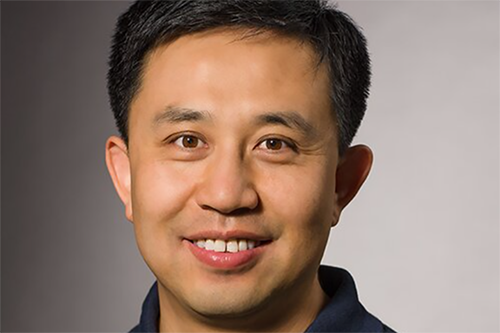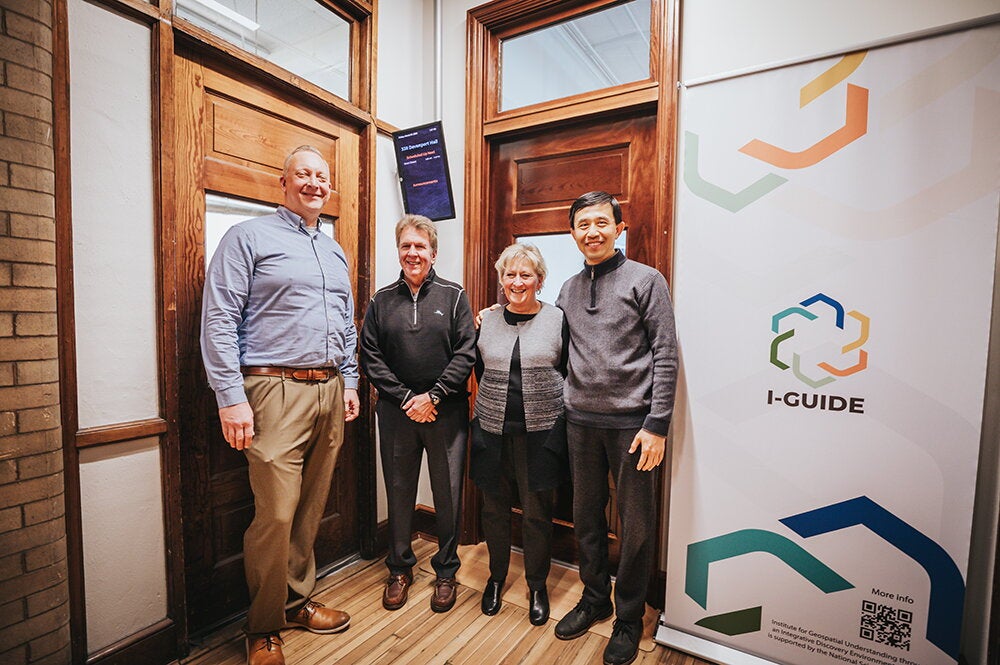

Backed by a multi-million-dollar federal grant, a research team from three major universities will soon start working on a pioneering supercomputing system that allows scientists and engineers to align its processors, accelerators, memory, and other hardware components to best serve their needs.
Researchers from the University of Illinois Urbana-Champaign, Texas A&M University, and the Texas Advanced Computing Center (TACC) at The University of Texas at Austin (UT Austin) will begin collaborating on a prototype for the Accelerating Computing for Emerging Sciences (ACES) system.
This innovative system will operate increasingly complex levels of software while sidestepping the hardware bottlenecks that often hinder high-level computations. This system will let researchers perform calculations and solve problems that current supercomputers cannot handle.
The National Science Foundation (NSF) will provide $5 million for ACES development and an additional $1 million per year over five years to pay for system operation and support.
ACES will open new avenues to scientific advancement, said Shaowen Wang, head of the Department of Geography & Geographic Information Science and a co-principal investigator on the ACES project.

“Exciting advances on many science frontiers will become possible by harnessing the hybrid computing resources and highly adaptable framework offered by ACES to enable increasingly complex scientific workflows driven by geospatial big data and artificial intelligence,” Wang said. “We will develop cutting-edge cyberGIS software and tools to enable novel scientific workflows for taking advantage of this incredible high-performance computing resource to make exciting research and education advances across several interdisciplinary domains, such as emergency management, human-environment and geographical sciences, and public health.”
Texas A&M Interim Vice President for Research Jack Baldaulf expressed gratitude to the NSF for its substantial investment in the ACES project. “We are thankful to NSF for the opportunity to lead such an important initiative and to our Texas A&M High Performance Research Computing (HPRC) staff and collaborators at UT Austin and UIUC for making this a successful effort,” Baldauf said. "Computational science is critical to our national needs and the ACES platform will not only advance research but also help educate the future workforce in this area.”
The team’s goal is to develop an all-inclusive system that will serve researchers across a wide range of scholarly disciplines and computer skills, according to Honggao Liu, executive director of Texas A&M’s HPRC and the project’s principal investigator.
These disciplines include artificial intelligence and machine learning, cybersecurity, health population informatics, genomics and bioinformatics, human and agricultural life sciences, oil-and-gas simulations, new-materials design, climate modeling, molecular dynamics, quantum-computing architectures, imaging, smart and connected societies, geosciences and quantum chemistry.
“The ACES system will support the national research community through coordination systems supported by the NSF,” Liu said. “In this way, the ACES system will provide invaluable support to cutting-edge projects across a broad spectrum of research disciplines in the nation. ACES will also leverage HPRC’s efforts that promote science and broaden participation in computing at the K-12, collegiate, and professional levels to have a transformative impact nationally by focusing on training, education, and outreach.”
Researchers should think of ACES as a cyber-buffet, said Timothy M. Cockerill, director of user services, TACC at UT Austin, and a co-principal investigator on the ACES project. “They'll be able to essentially build the custom environment they require on a per job basis and not be constrained to the contents of a physical server node.”


